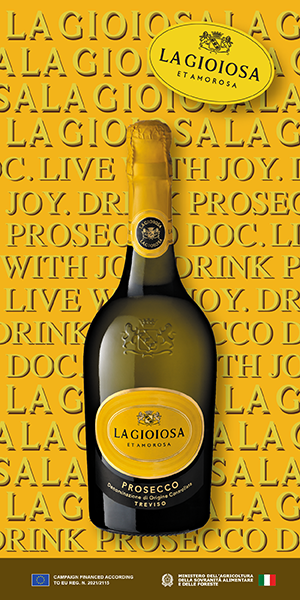I hear you on the high pH/high TA unbalanced wine issue. I myself have dealt with some vineyards and some wine lots where I have had to add so much tartaric to high pH musts just to keep the pH below 3.85 after malolactic is complete. The causes of this in the vineyard is worth its own article or articles as the sources are as complex as the methods for dealing with the resulting wines. High potassium in the musts can be a cause, (which needs to be addressed in the vineyard). Over cropping and a dense canopy can sometimes cause a high malate/high tartaric situation so that when the wine goes through malolactic fermentation (MLF), the resulting wine is unbalanced and in what I would certainly call a “microbial spoilage danger zone” with a pH higher than 3.80. At some point, all you can do is keep adding the tartaric to bring that pH down.
As you’ve found out, however, you risk getting some sharp off-flavors; also as you’ve found out, a little sweetness can really help mask or “round off” those flavors, resulting in a wine that tastes better balanced. If you add some kind of sweetener that is fermentable (table sugar, grape concentrate, maple syrup, honey, etc.) you risk an uncontrolled re-fermentation in the bottle, which is never fun. Hence your question about using stevia (a natural extract of a tropical leaf that is many times sweeter than sugar and is non-fermentable) or Splenda (sucralose, a non-fermentable artificial sweetener) is an interesting one.
Before we take the conversation further, please note that grape concentrate is the only “sweetener” approved in the US for commercial “for sale” grape table wine production. “At home” producers may use anything they feel like as long as they and their families will drink the results! I personally like to use things that are grown from the earth and don’t come from a lab, so stevia leaf extract, available in most grocery stores in powdered or liquid form, would be what I would choose to experiment with first. Try adding small amounts
of this to your wine and see if you like the results.
Adding stevia or Splenda is more than an issue of simply sweetness; we have to look at how these products react in wine, i.e. do they hydrolyze at wine pH, which would cause several issues, do they interact with other compounds to cause instabilities, do they interfere with gum arabic? To find these answers, bench trials are in order.
Start rough like “a pinch” or “a drop” (if the solution is liquid) and then two in 50 mL of wine to see what happens. Then as you figure out if it’s more or less than that, you may have to break out a gram scale (if you have one) for powdered stevia or create a liquid solution by dissolving a measured amount of powder in a measured amount of liquid (like a 10 g/100 mL solution). The idea is to find something you like on a small scale that you can then easily multiply and measure to apply to your whole batch, however big or small that batch might be.
Having used stevia myself in baking and cooking (I think the most neutral-tasting brand is “Stevia in the Raw”), my guess would be that you will see an increase in perceptible sweetness at around maybe 1⁄8 of a teaspoon per 50 mL, but I’m not sure the mouthfeel effects that you experience with sugar (an increase in roundness and viscosity) will happen with stevia. In fact, when I make fruit desserts like pies or cobbler with stevia, I frequently use half sugar and half stevia because the stevia just doesn’t cut through the fruit’s acidity the same way that sugar does.
In order to avoid using sugar, you might think about using a gum arabic product from one of the wine supply houses like AEB, Scott Labs or Laffort. Gum arabic can help create a sensation of viscosity and I could see it being nicely compatible with stevia for a sweetness-mouthfeel punch. Be sure to do bench trials on your wine with both additives so that you figure out your ideal addition rates before you add them to your larger batch. Stevia powder may take a little mixing so I would dissolve it very well into a smaller volume of your wine, put it through a strainer (because sometimes powder doesn’t dissolve well) before incorporating it into your larger wine batch.
Your idea to use a non-sugar additive is an intriguing one for the home winemaking community — let us know how it turns out!





